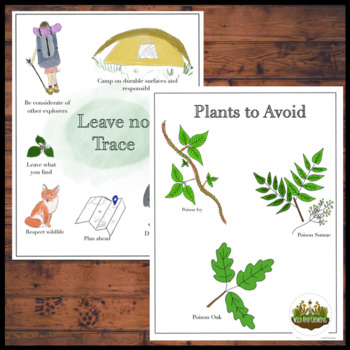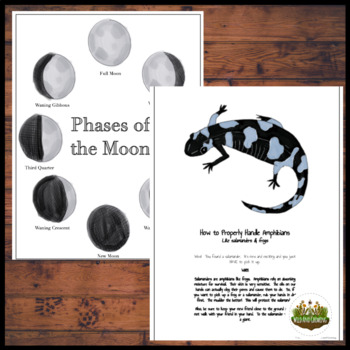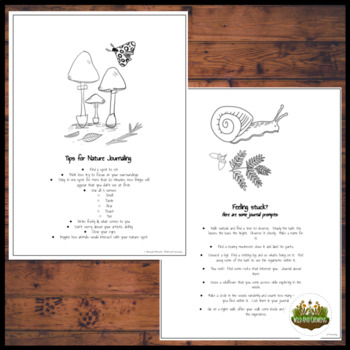Mini-Explorer's Nature Journal | Guided | Outdoor Education
- PDF
Description
Nature journaling is a great tool to get your students observing, recording, and artistic. Many teachers find it hard to engage all of their students when introducing nature journaling. This journal takes any guess work out, it is completely structured for 30 days of nature journaling.
Included sections in this resource:
- Blank monthly calendar (start whenever is most convenient to you)
- Introduction to Nature Journaling
- 15 prompt ideas (for those days when you don't know what to journal about)
- Dangerous Plant Caution
- Leave no Trace Page
- Safe Amphibian Handling Page
- Phases of the Moon Page
- Things I've Learned (section for self-reflection at the end of the book).
Why use this resource?
Sometime's students can get overwhelmed with nature journaling because there is SO much nature and they just don't know where to start. In addition to the overwhelmingness of nature, many students think that the journal has to be done in a specific way. In reality, a nature journal can look like a lot of different things. It can be poems, drawings, lists, dates, and more! For students who are overwhelmed, a guided journal will help them get started and take the guesswork out of it.
Nature journaling can be an important addition to your classroom because it teaches an array of different skills. Skills, such as observing, writing, drawing, record keeping, self-reflection, and more. It can be incorporated into a lot of different subjects as well.
How to use:
This resource is ready to go right from the printer. You may want to bind each copy for your students or store them in a binder. The Guided Month Long Nature Journal would work great as a month-long project or homework assignment.
You might also like:
Consider following me on Teachers Pay Teachers to get alerted when new resources are listed. New resources are 25% off for the first 24 hours they are live. It pays to follow me.
Remember that reviewing resources earns you free TpT credits which you can use to get more TpT products. I love receiving reviews because they help me grow as a seller.
Other ways to connect with me:
As always, thank you,
Hannah
Wild and Growing





